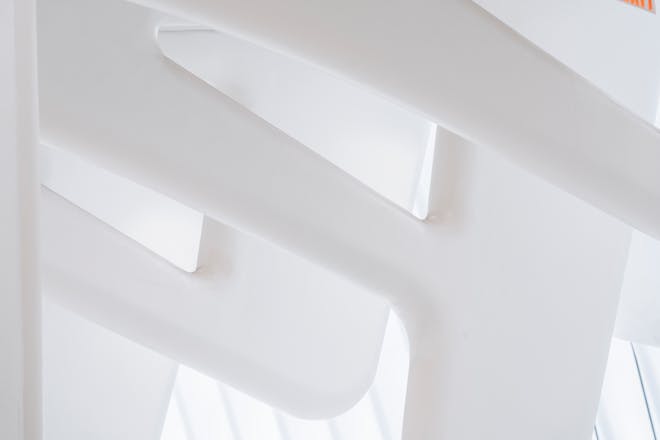The Ultimate Guide to Prime Rib Reverse Sear Technique
If you’re looking to perfect your prime rib roast, the reverse sear technique is a culinary method you must explore. Often used by top chefs to achieve that desirable edge-to-edge medium-rare doneness, prime rib reverse sear is a game-changer for any meat enthusiast.
What is Prime Rib Reverse Sear?
At its core, the prime rib reverse sear is a two-step cooking process that involves roasting the meat at a low temperature and then finishing it off with a high-heat sear. This technique not only ensures an evenly cooked interior but also creates a beautifully browned and flavorful crust.
Step-by-Step Guide to Reverse Searing Prime Rib
The process begins with slowly roasting your prime rib in a low-temperature oven. Here’s how to do it:
- Preparation: Start by generously seasoning your prime rib with salt and pepper or your choice of spices. Allow the meat to come to room temperature before cooking.
- Low-Temperature Roasting: Preheat your oven to around 250°F (120°C). Place the seasoned prime rib on a rack in a roasting pan and insert a meat thermometer into the thickest part of the roast.
- Cooking: Roast the prime rib until the thermometer reads about 10-15 degrees below your desired final temperature. For medium-rare, aim for an internal temperature of 110-115°F (43-46°C) before the sear.
- Resting: Remove the prime rib from the oven and let it rest while you preheat a skillet or oven to high heat for the searing step.
- High-Heat Sear: Sear the rested prime rib on all sides until a crust forms, usually 1-2 minutes per side. Be careful not to overcook.
After searing, your prime rib should have reached the perfect doneness. Let it rest for a few minutes before slicing to allow the juices to redistribute.
Tips for a Perfect Prime Rib Reverse Sear
Here are some tips to ensure your reverse sear is successful:
- Temperature Control: Use a reliable meat thermometer to monitor the internal temperature of your prime rib closely.
- Quality Meat: Choose a well-marbled prime rib roast for the best results.
- Resting Time: Don’t skip the resting phase after roasting and before searing. This step is crucial for a juicy roast.
Pairing Your Prime Rib
Pair your perfectly cooked prime rib with complementary sides like roasted vegetables, creamy mashed potatoes, or a crisp salad. A bold red wine such as a Cabernet Sauvignon or Malbec can enhance the flavors of the meat.
Common Mistakes to Avoid
When attempting the prime rib reverse sear, avoid these common pitfalls:
- Not allowing the prime rib to come to room temperature before cooking.
- Skipping the resting time between roasting and searing.
- Using an unreliable thermometer, leading to over or undercooking.
By following these steps and tips, you’ll be well on your way to mastering the prime rib reverse sear technique. Embrace the process, and you’ll be rewarded with a prime rib roast that’s sure to impress at your next dinner party.
Remember, practice makes perfect. Don’t be afraid to refine your technique with each cooking experience. Enjoy the journey to becoming a prime rib reverse sear expert!
